Blogs
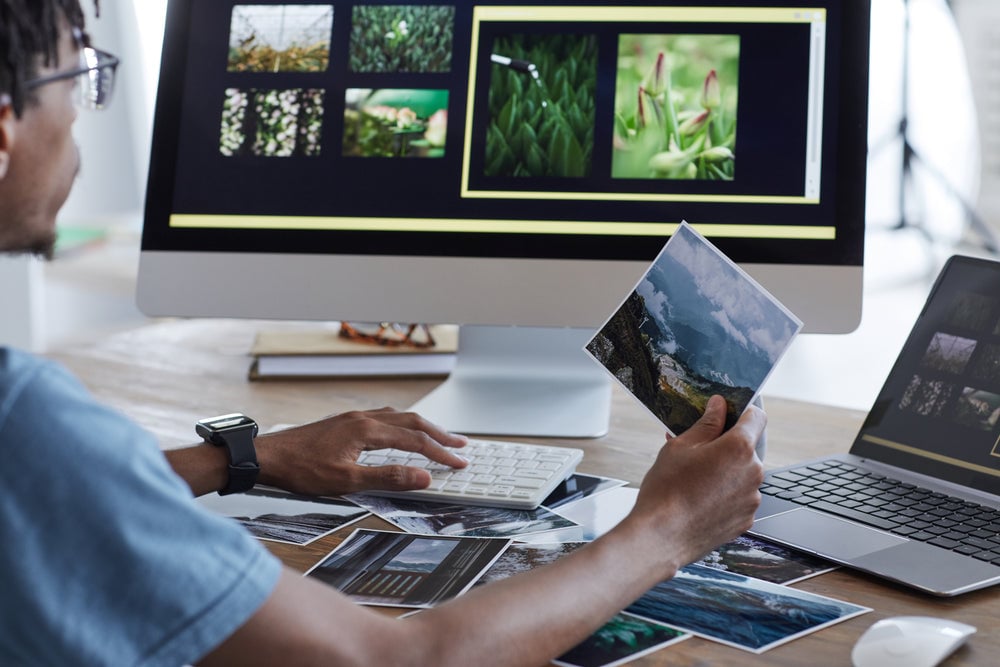
How to Enlarge a Picture for Printing.
How to Enlarge a Picture for Printing If you plan on printing a large photo, it's important to use the right image size for the best quality. Learn how to enlarge your pictures here.
Read More
How to Read a Histogram
Although the term histogram may sound vaguely familiar, many people aren’t certain what it means or how to use it. Understanding histograms can help you produce better photographs. Before the advent of digital photography, it was common for portions of photos to be too dark or too light because it wasn’t as easy to control these settings.
Read More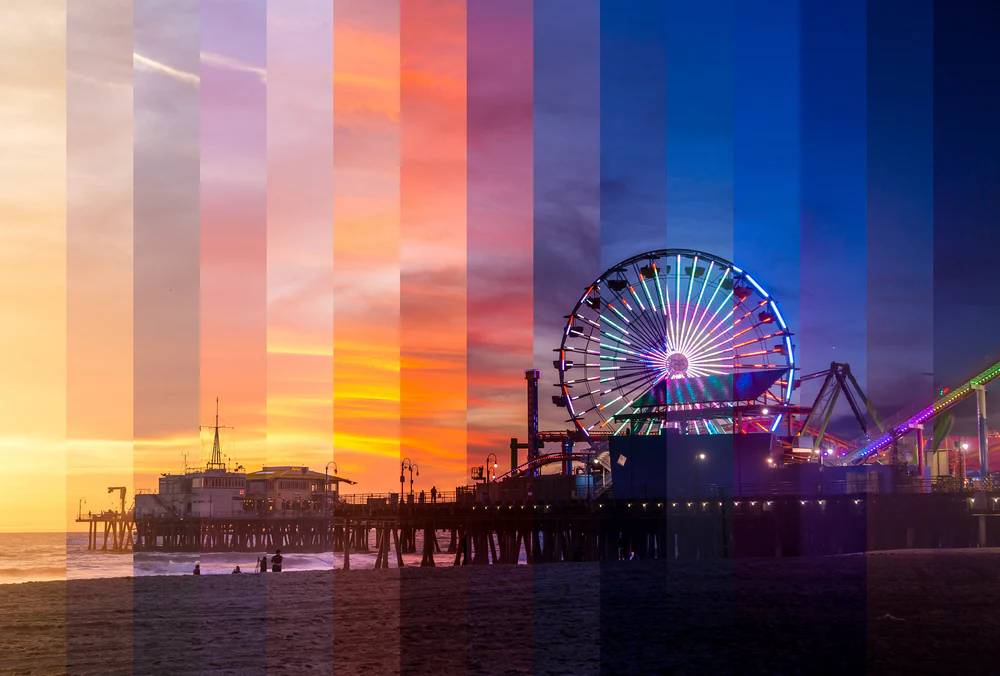
What is Time-Lapse Photography?
Time-lapse means: Capturing a series of images at a set interval over a period of time, and then displaying the images faster than in real-time. That’s the simple definition, but when asking the question, what is a time-lapse, the answer depends if you’re talking about film or photography.
Read More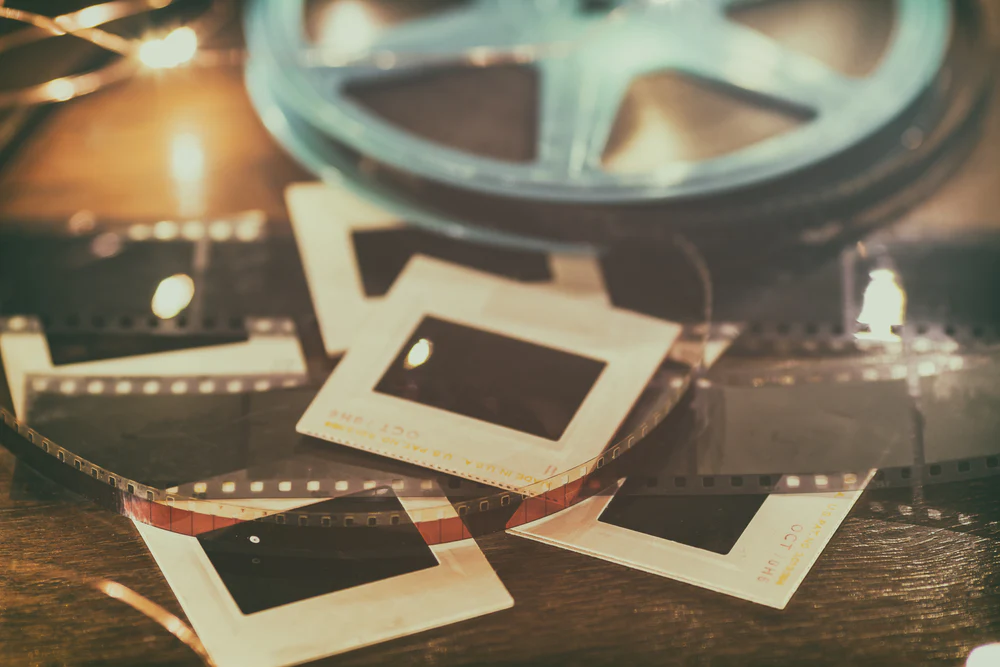
Types of Photo Slides
Long before 35mm slides were introduced, "magic lantern slides" were considered cutting-edge media. Introduced in 1849, these slides usually came in strips with multiple images. They are constructed from a base piece of glass with the emulsion (photo or imagery), a flimsy cardboard frame,
Read More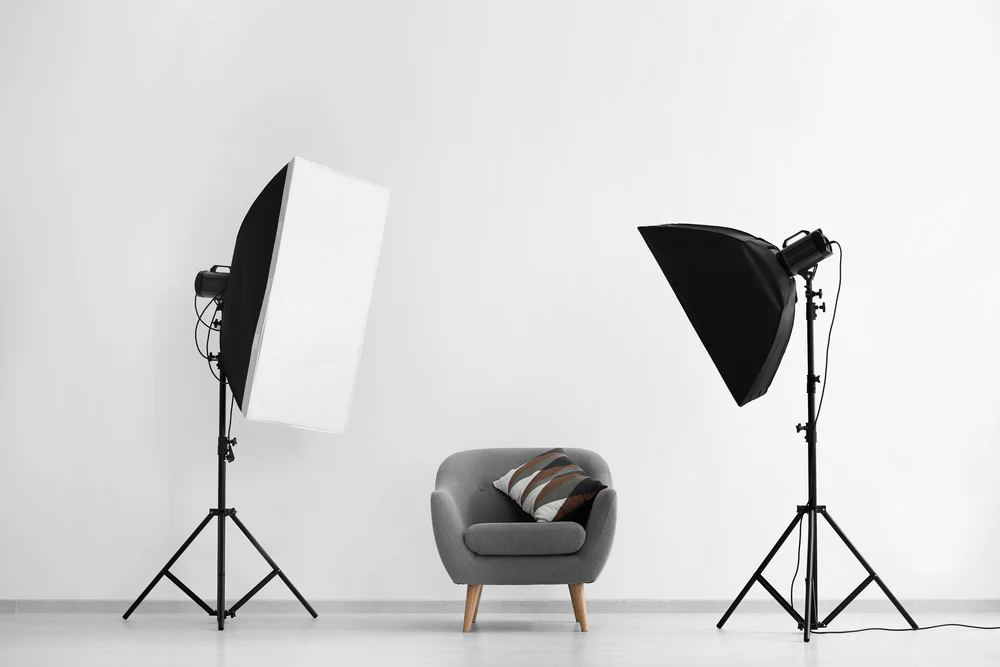
How to Get Good Lighting for Photos
Good lighting is key for a well-balanced photo. Get down to basics with these tips on lighting your everyday photos like a pro here!
Read More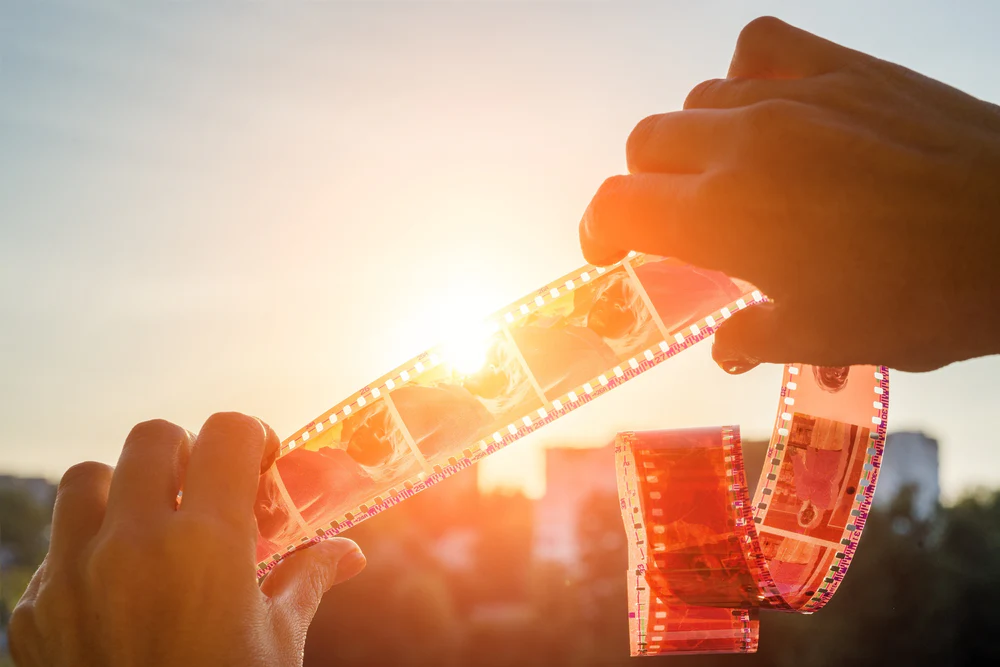
What to Do with Photo Negatives
What to Do with Photo Negatives Negatives are available commercially in sheets, rolls, or cartridges, with rolls by far the most common. When commercial labs process negative film rolls, they typically cut them into strips of 5 to 7 frames. Prints from negatives are created with an enlarger in a darkroom that projects the image from the negative onto light-sensitive paper.
Read More